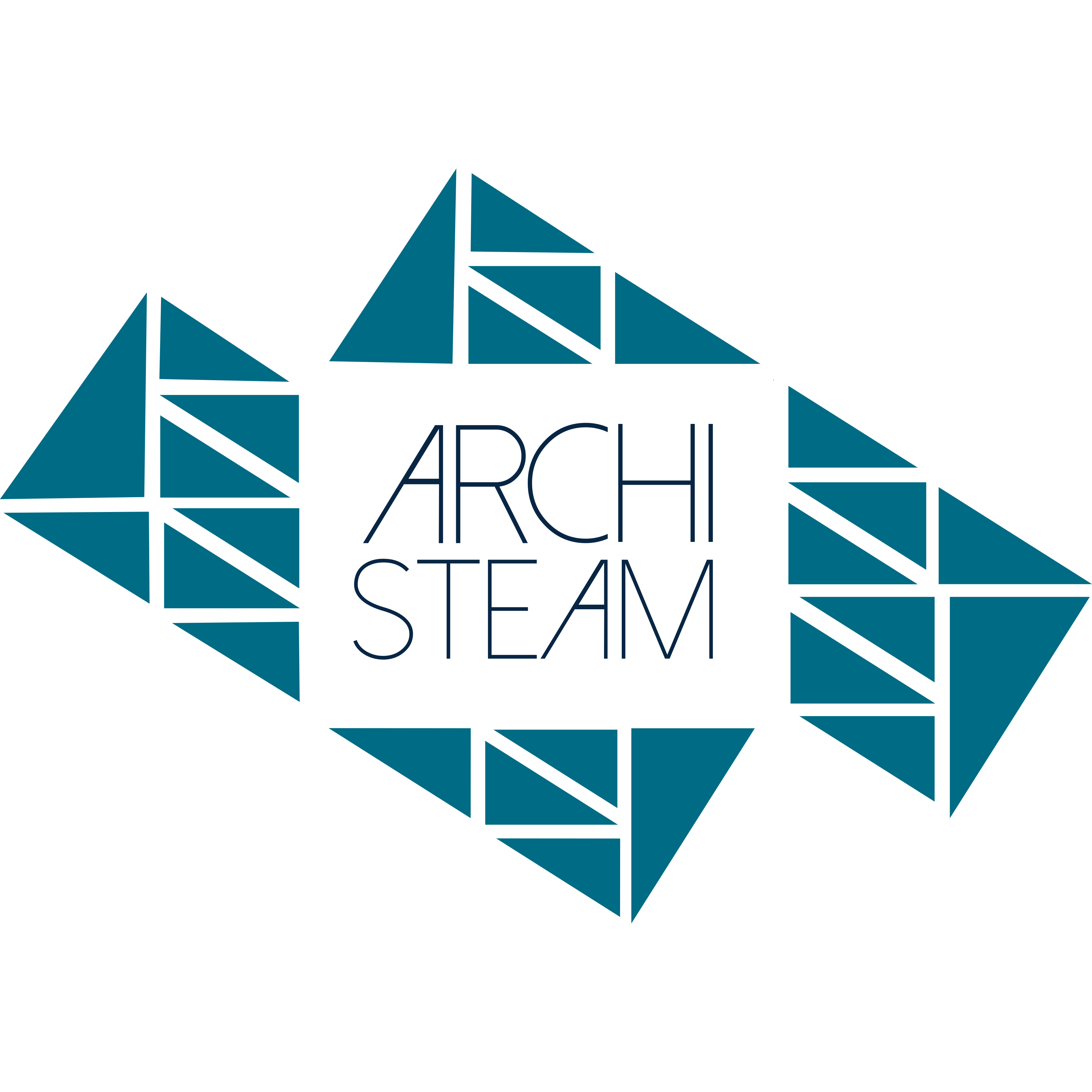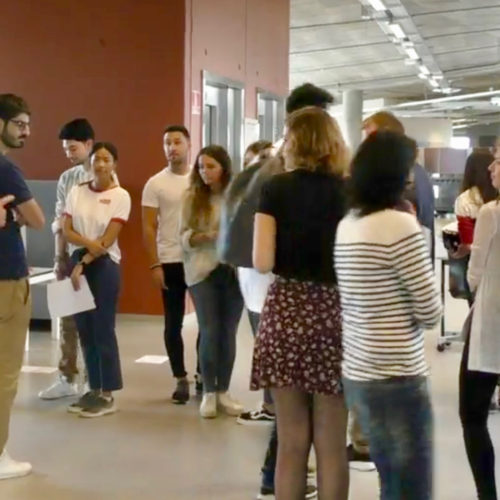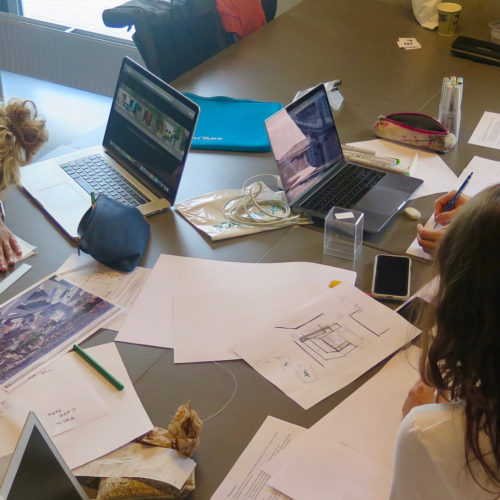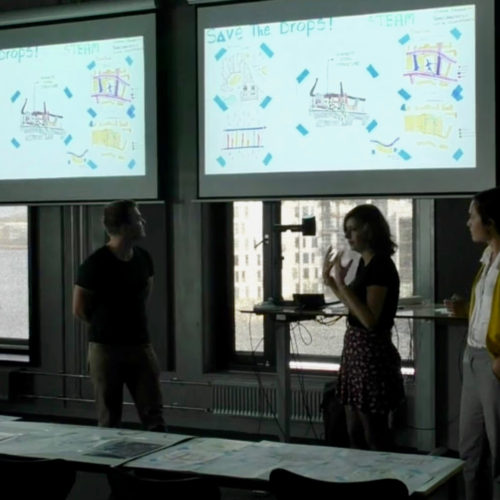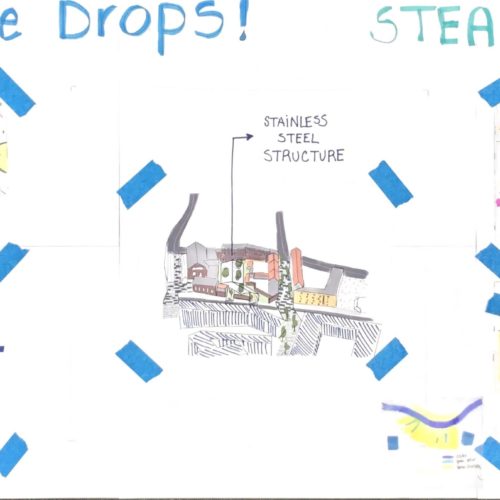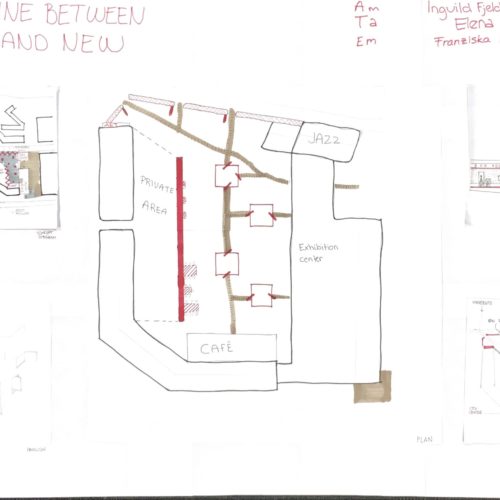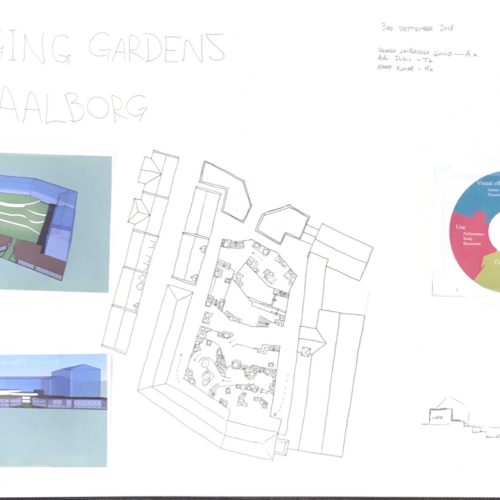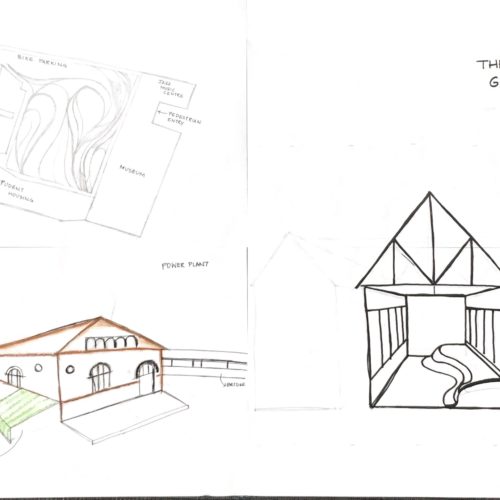At Aalborg University, the primary pedagogical approach to learning is problem-based learning, which is carried out collaboratively in groups. This means two things:
Knowledge is not considered in the abstract but is always situated in the context of real-world problems.
Through collaboration, students can pool knowledge, skills and competencies, learn from each other and produce better results.
At the Architecture and Design program, we aim to consider all relevant aspects of design in an integrated design approach. This also means two things:
Any design must be considered as an object which reflects considerations for both aesthetics, use, construction and materials.
Any design must be considered as a socio-economic artifact which reflects considerations for production, cost, relevance and environmental impact.
In architecture and design, solving problems is often a matter of seeking potential. And potential is mostly contextual, that is, what one material, construction type or site offers in terms of addressing a specific problem is likely to be different from those of others.
Assignment
In this 1-day workshop you must produce a conceptual design for a site in Nyhavnsgade, opposite the CREATE campus building. See map and photos below.
You must work collaboratively in groups of three, while drawing from your collective STEAM skills. It is therefore important that you define how your skills may best address the assignment.
- Your design must be for an object or a space of any size, shape and function. But it must relate to the potential of the site and address a problem which may be meaningfully addressed through an intervention on this site.
- The site should be understood both narrowly as the street or urban block, as well as broadly as the city of Aalborg, North Jutland and Denmark.
- The problem should be of relevance to a well-defined group of people and of a nature which can be meaningfully addressed by means of design at the chosen scale.
- The proposed design must relate to the physical, cultural and socio-economic setting of the site as you understand and define it.
- The design must be bold, meaning that radical designs are prefered over modest designs.
Schedule
10:00 Introduction by associate professor Nicolai Steinø
10:15 STEAM assessment exercise and group formation
10:45 Project work supervised by Nis Ovesen and Nicolai Steinø
12:00 Lunch
13:00 Project work (continued)
15:50 Poster hand-in
16:00 Presentations and evaluation
17:00 End of program



